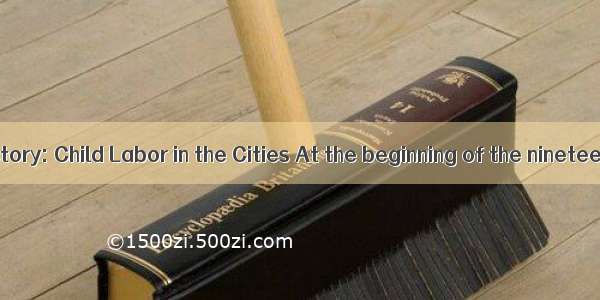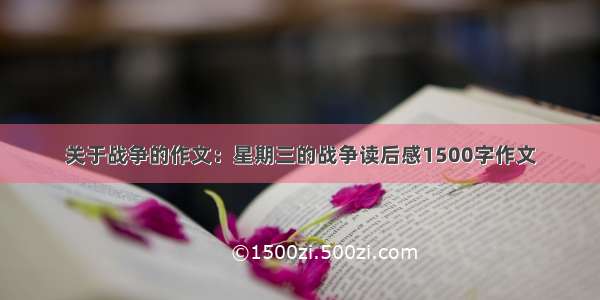
问题补充:
Beyond the Factory: Child Labor in the Cities
At the beginning of the nineteenth century, factory owners faced few restrictions on the way they employed their children workers, who were between the age of 7 and 12. Gradually laws came into being.
The first child-labor laws were passed at the state level in America and usually focused on both required education and a minimum age for employment. And added rules limited the length of the workday for children. Pennsylvania, for example, limited the workday to 10 hours for children under 12. However, government officials cared little whether businesses followed the law. In fact one group of children was left entirely unprotected by labor laws -- the children of immigrant families.
By the beginning of the twentieth century, piecework appeared, for which people were paid by the piece. Significant numbers of women sewed baby dresses or mens neckties and made the artificial flowers used to decorate hats. Piecework turned homes into factories that were free from the law, and countless children worked long hours alongside their mothers and old sisters.
Manufactures exploited the system shamelessly and paid the lowest wages they could. Embroidering (刺绣) a silk dress, which was a 10-day job, might generate a five-dollar payment. In the case of willowing, workers needed to add more strands to ostrich feathers used on hats to make them longer and more graceful. The first willowers were paid 15 cents per inch, but a few months later, the pay was reduced to 13 cents. Within three years, willowers were earning only three cents per inch.
In order to survive under these circumstances, pieceworkers had even their youngest children help them. In one Italian neighborhood, a three-year-old girl helped her mother sew clothes. In another case, a child of eight who had lived in New York for three years had never been to school at all and could speak almost no English. Slowly child labor laws brought these abuses to an end.
31. The first child-labor laws required .
A. workplace safety and conditions
B. minimum payment and age
C. education and working time
D. minimum payment and schooling
32. Manufactures who hired women to do piecework .
A. were kind and concerned employers
B. were sometimes called willowers
C. usually paid the lowest salary
D. forced children to turn home into factories
33. Willowing was a kind of .
A. handwork activity B. workplace
C. payment requirement D. workers
34. By raising the example of the three-year-old girls experience in the last paragraph, the author intended to .
A. show how poor the situations were for children workers
B. blame those adult pieceworkers for allowing children to work
C. attract attention to protect young children
D. emphasize the importance of educating young children
35. Which of the following sentences best summarizes the passage?
A. The first child-labor laws were limited due to working at the state level.
B. Early child-labor laws offered no protection to children who worked at home.
C. Some immigrant children did not learn English because of their piecework.
D. Child-labor laws should have come into being before children became workers.C
答案:
(答案→)C
解析:可联系答.案.网客服索取。














